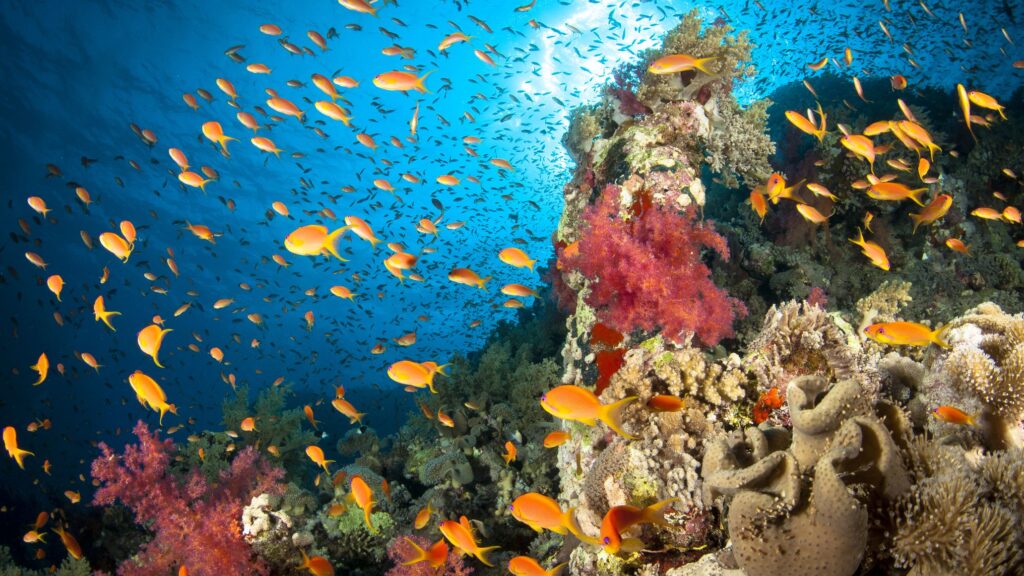There is a clear danger to people’s wellbeing and well-being from ocean contamination. However, until today, the full scope of this threat has gone largely unnoticed. For the first time, a complete picture of the dangers of ocean pollution to human health has been painted in a new study.
Complex mixtures of hazardous metals, plastic and man made compounds as well as sewage and agricultural runoff are found in ocean pollution. Agricultural runoff and sewage are also found in the oceans. Nearly all of the pollution in the oceans comes from land-based sources, including pollution from liquid waste and dumped garbage, which enters via rivers, runoff, and deposition from the atmosphere. Ocean pollution is concentrated along the shores of low- and middle-income countries, where it is most prevalent.
The open ocean, the deepest ocean trenches, and the coastlines of distant islands are all potential sites of ocean pollution that extend well beyond national borders. Pollution in the oceans has no borders.
Pollution Of The Oceans Is The Greatest Threat.
In terms of ocean pollution, plastic garbage is the most obvious of the many pollutants. Each year, over ten million tons of plastics enter the oceans. In coastal and deep-water environments, the preponderance of this material degrades into microscopic plastic particles.
For decades, some enormous fragments drift in the sea, eventually forming massive concentrations where the currents meet and merge. A well-known example is the “trash patch” in the Pacific Ocean.
To make plastics more malleable, colorful, waterproof, or flame-resistant, several hazardous compounds are included into microplastics. For example, there are a number of chemicals known to interfere with hormone function and induce apoptosis, birth defects, or lower fertility, all of which can be harmful to human health.

In the food chain, these chemically-laden particles are absorbed by fish and shellfish and accumulate in their tissues. Toxic microplastic particles and the toxins they contain are ingested by humans every time they consume fish contaminated with these materials. But there still is dispute about the dangers of microplastics to people, exposure to all these chemicals increased the potential of all of the diseases they are linked to. Microplastics are present in the bodies of nearly all of us today. Here is our article about the Advantages and Disadvantages Of Landfills.
Coal-burning power plants are the primary source of mercury pollution in the oceans. When coal is burned, mercury evaporates, travels to the atmosphere, and finally ends up in the ocean because all coal contains mercury. Mercury is also found in gold mining, where it is utilized to dissolve the gold ore.
Predators like swordfish and tuna, which we consume, can build up mercury levels to unhealthy levels. When pregnant women eat contaminated fish, the hazard is even greater. Babies who are exposed to mercury while they are still in the womb face an increased chance of developing learning disabilities like autism and attention deficit hyperactivity disorder (ADHD). Those exposed to mercury as adults are more likely to suffer from heart disease & dementia.
The marine bacteria that produce a large portion of Earth’s oxygen are under peril because petroleum contaminants from oil spills are diminishing their ability to photosynthesise. In addition to being influenced by environmental substances and other substances, these helpful bacteria use the sun’s radiation to turn CO2 into oxygen in the atmosphere. When a large amount of oil is spilled, the consequences can be devastating.













